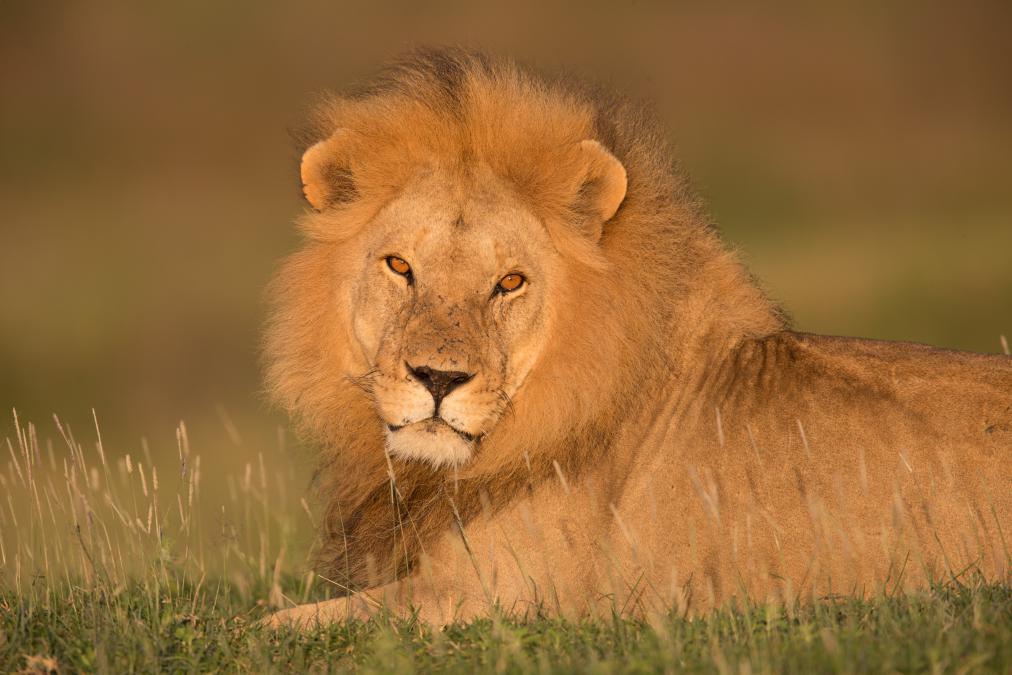Imagine if half of the animals in your local zoo died. What do you think it would happen? One thing is sure: it would make the front page news and make the headlines for weeks to come. And that is exactly happening in the wildlife, and in the great outdoors, but nobody is paying attention. The worst part is nature is essential for our well-being, as it provides food, clean air, and clean water.
In the past 50 years, the human population has gone from 3.3 billion, to 7.4 billion. In the same time, animal population has delved, with some species going extinct, while others have gone from common, to critically endangered. We talk about sustainability, national issues and so on, but the fact of the matter is that humans are one of the biggest factors and danger for animals. If all of us tried to do just little more, we can stop the bleeding.
Some of the factors that contribute to decline of animal species include trophy hunting, deforestation on global level, habitat destruction, environmental pollution and climate change. The fact is that as human primate population expands, other species are destroyed. Poachers and big game hunters defend their stance by saying “it is a way to control overpopulation”. With that excuse, they are hunting for endangered species. To understand the decline best, let’s take a look at decline of some of the popular species, and how they went from common, to endangered.
Big Cats
The family of big cats is one of the most vulnerable for extinction. Lions, leopards, and tigers are among the most popular for trophy hunters, and we see them hanging on walls almost exclusively. Let’s check the numbers:
– Lions have gone from 110,000 to 30,000 in the past 50 years
– Leopards have gone from 80,600 to 23,664 in the past 50 years
– Tigers have gone from 45,000 to just 4,000 in the past 50 years, making them critically endangered species
– Jaguars have also gone from 60,000 to 15,000 in the past 50 years, going to endangered species
As you can see from the numbers, some species have lost more than 300% of its population, while others, like tigers, have lost 1000% of the population. And big cats are not the only family with huge losses of population.
Primates
Aside from big cats, primates are one of the animals most prone to human factors. Hunting, as well as science, have made the primates one of the rare animal species. We all know that chimps, orangutans and gorillas are subject for many scientific discoveries. But the price is high, and we have paid it as a society. The numbers show the following results:
– Chimpanzee population has delved, going from 453,000 to 172,000 in the past 50 years
– The orangutan has become “vulnerable”, going from 230,000 to 41,000 apes in the past 50 years
– The gorilla, one of those popular primates we see in movies and science, has gone from 490,000 to 110,000. There are still a lot of gorillas out there, but their number is in decline
– Finally, the Bonobo, another chimpanzee animal, has gone from 350,000 to 50,000, making the species endangered.
Freshwater Animals
One would think that animals that are not subject to hunting, would not drop as drastically. But others factors, such as habitat loss and climate change, many of which are also influenced by human behavior, has made even freshwater animals, like frogs, an endangered species. According to a study in 2014, frogs population has seen a decline of 79% in the past 40 years. There is no clear number, but that would mean that if there were 100,000 frogs 40 years ago, there are only 20,000 now.
Marine Species
Marine species have also seen a decline, especially on the Antarctica, tropics and oceans nearby. The Antarctica has been a subject of discovery, scientific exploration, research and much more in the past 50 years. And while there are positive sides to that, there are also side effects. Most notably, marine turtles, seabirds, and shark species have seen a decline of 39%.
African Elephants
The African elephant is an animal you see in almost any children’s book. Sadly, this animal might soon become a rarity, as there are more and more poachers and hunters of the elephant. The last numbers from 2007, show a population between 500,000 and 700,000. But that population, according to some estimates, is somewhere in between 200,000 and 300,000. It is worth noting that the study in 2007 was based on data, which for some locations was a decade old. The last study on African elephants shows that only between 2010 and 2012, more than 100,000 elephants were killed.
